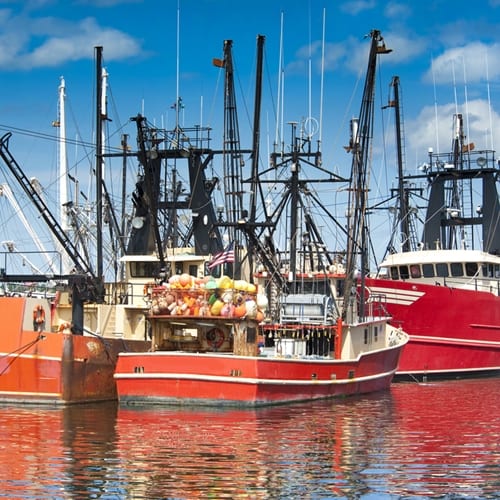For people who work nine-to-five office jobs, the thought of having an occupation that may be putting their lives in danger on a daily basis may seem downright absurd. But for individuals who spend much of their time out on the water – particularly as members of commercial fishing operations – hazards are just another part of the job.
Each year, the Bureau of Labor Statistics (BLS) releases its National Census of Fatal Occupational Injuries, a report that reveals the number of people who die from work-related injuries and also sheds light on the most dangerous jobs in the United States. In 2012, the BLS determined that fishers and related fishing workers held the number one deadliest job of all with a fatality rate of 121.2 per 100,000 full-time equivalent workers.
It’s no surprise that commercial fishing is a dangerous occupation. Fishermen face daily challenges such as strenuous labor, long work hours, harsh weather and generally hazardous working conditions. According to data from the Centers for Disease Control and Prevention (CDC) 51 percent of fatalities occurred after a vessel disaster, making that the leading cause of reported deaths in the industry.
Perhaps the most interesting statistic that has arisen from data on the commercial fishing industry, however, is where in the United States most of these deaths occur. The popularity of Discovery Network’s reality television show “Deadliest Catch” has led many people to believe that Alaska is the most dangerous place to be a fisherman. According to a CDC report, however, the East Coast is actually even deadlier.
The data revealed that 165 fishermen died from Florida to Maine between 2000 and 2009, while Alaska had 133 deaths, the Gulf of Mexico had 116 and the West Coast had 83.
No matter the location, fishing is undoubtedly a dangerous occupation. With that in mind, many boat owners and organizations turn to marine insurance providers that can help them find the best rates and ensure that they are covered in the case of an accident.

